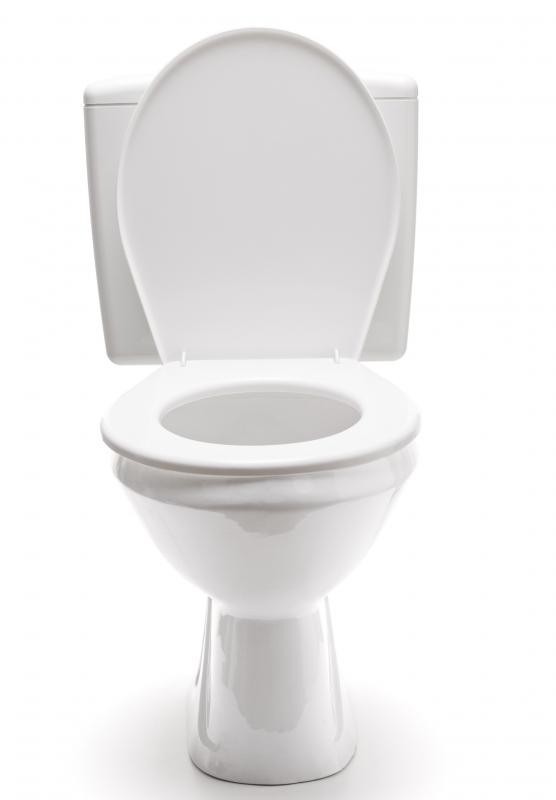At TheHealthBoard, we're committed to delivering accurate, trustworthy information. Our expert-authored content is rigorously fact-checked and sourced from credible authorities. Discover how we uphold the highest standards in providing you with reliable knowledge.
What is a Perianal Abscess?
A perianal abscess, also called an anorectal abscess, is an accumulation of pus under the skin surrounding the rectum or anus. This infection usually starts in a gland in the anal canal that secretes mucus. Glands located in the anal region generally contain bacteria from feces, which make this area a hospitable environment for an abscess.
Typically, perianal abscesses are caused by either Staphylococcus, E. coli, or Streptococci bacteria. As the infection begins to affect the anus and rectum, it creates a pus filled cavity that may cause constant pain. Sometimes, an abscess may cause significant damage to surrounding tissues and can eventually cause fecal incontinence. Fecal incontinence refers to the inability to control the release of feces or stool.

Common causes of perianal abscess include blocked anal glands and sexually transmitted infections. There are many factors that may increase the risk of an abscess, such as a weakened immune system and chronic constipation. Other contributing factors include inflammatory bowel diseases, such as Crohn's disease, diabetes, and pregnancy.
The most common symptoms of a perianal abscess include painful bowel movements, constipation and lower abdominal pain. Early treatment is important because a delay in treatment may cause the infection to spread to surrounding areas. Treatment usually includes pain relievers, such as anti-inflammatory medication, acetaminophen, or codeine-based prescription analgesics. Most often, antibiotics are administered, either orally or intravenously. Stool softeners are also sometimes prescribed to prevent straining during bowel movements, which may exacerbate the abscess.

Sometimes, medications and antibiotics are not effective treatments. In these cases, perianal abscess surgery may be recommended. Surgery to treat the abscess is usually minor and is most often performed in an outpatient setting. The procedure involves making a small incision on the abscessed area and draining out the pus. Typically, larger and deeper abscesses are surgically excised in an operating room using either a local or general anesthetic.

Postoperatively, the surgical area is usually covered with a gauze dressing for approximately 48 hours. The physician also may recommend warm sitz baths every four hours to relieve pain and swelling. Sitz baths, or the act of sitting in hip-deep warm water, may also be effective in draining any remaining pus. An overnight hospital stay may be recommended when the surgery is not performed on an outpatient basis. Most often, the abscess will not return provided the underlying cause is recognized and treated.
AS FEATURED ON:
AS FEATURED ON:















Discussion Comments
Consult a proctologist or general surgeon. He may advise you do perineal (pelvic) exercised, which is the strengthening of pelvic floor muscles and sphincters so that the tone is increased and continence achieved. There are certain surgical procedures for incontinence too.
I had a perianal abscess eight years ago which was drained in my doctor's office. Since then I have had fecal incontinence about every four months. It starts with excessive gas and pain in my lower left side. I have no warning when the bowel movement occurs. What does this mean? It the abscess still in my rectum? Should I go back to the surgeon?
Post your comments